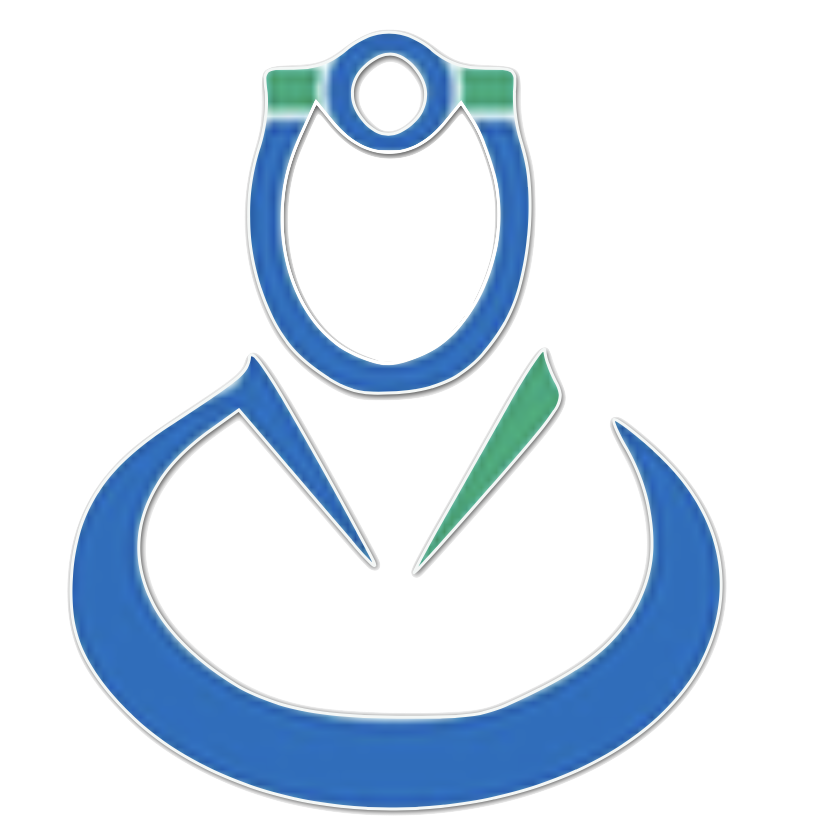Telemedicine Use Cases and Specialties
Telemedicine has a wide range of applications across various medical specialties and care settings. Here are some examples of telemedicine use cases and specialties:
1. Primary Care:
– Acute care visits for minor illnesses and injuries
– Chronic disease management (e.g., diabetes, hypertension)
– Medication management and refills
– Preventive care and wellness visits
2. Mental Health:
– Psychiatric evaluations and consultations
– Psychotherapy and counseling sessions
– Medication management for mental health conditions
– Addiction treatment and support
3. Dermatology:
– Diagnosis and treatment of skin conditions
– Mole and lesion evaluations
– Acne management
– Skin cancer screenings
4. Neurology:
– Stroke evaluations and follow-up care
– Epilepsy management
– Parkinson’s disease monitoring
– Headache and migraine management
5. Cardiology:
– Post-discharge follow-up for heart failure patients
– Cardiac rehabilitation
– Remote monitoring of pacemakers and implantable defibrillators
– Hypertension management
6. Pediatrics:
– Sick visits for common childhood illnesses
– Behavioral health evaluations and therapy
– Developmental screenings
– Lactation support and guidance
7. Obstetrics and Gynecology:
– Prenatal care and monitoring
– Postpartum follow-up
– Contraception counseling and management
– Menopause symptom management
8. Oncology:
– Symptom management for cancer patients
– Chemotherapy follow-up and monitoring
– Palliative care consultations
– Survivorship care planning
9. Urgent Care:
– Triage and evaluation of acute symptoms
– Treatment of minor illnesses and injuries
– Prescription of medications for common conditions
10. Chronic Disease Management:
– Remote monitoring of vital signs and symptoms
– Patient education and self-management support
– Medication adherence monitoring
– Care coordination with specialists
11. Post-Surgical Care:
– Wound care evaluations and guidance
– Pain management
– Rehabilitation and physical therapy
– Follow-up visits and assessments
12. Rural Health:
– Specialty consultations for patients in underserved areas
– Remote monitoring for chronic conditions
– Tele-emergency services for rural hospitals
– Provider-to-provider training and support
These examples demonstrate the versatility of telemedicine in addressing a wide range of patient needs and improving access to care. As technology advances and reimbursement models evolve, the scope of telemedicine use cases and specialties is likely to expand further, enabling more patients to receive high-quality, convenient care from the comfort of their own homes.
by Dr. Jose A. Cisneros, MD,PhD


Recent Comments